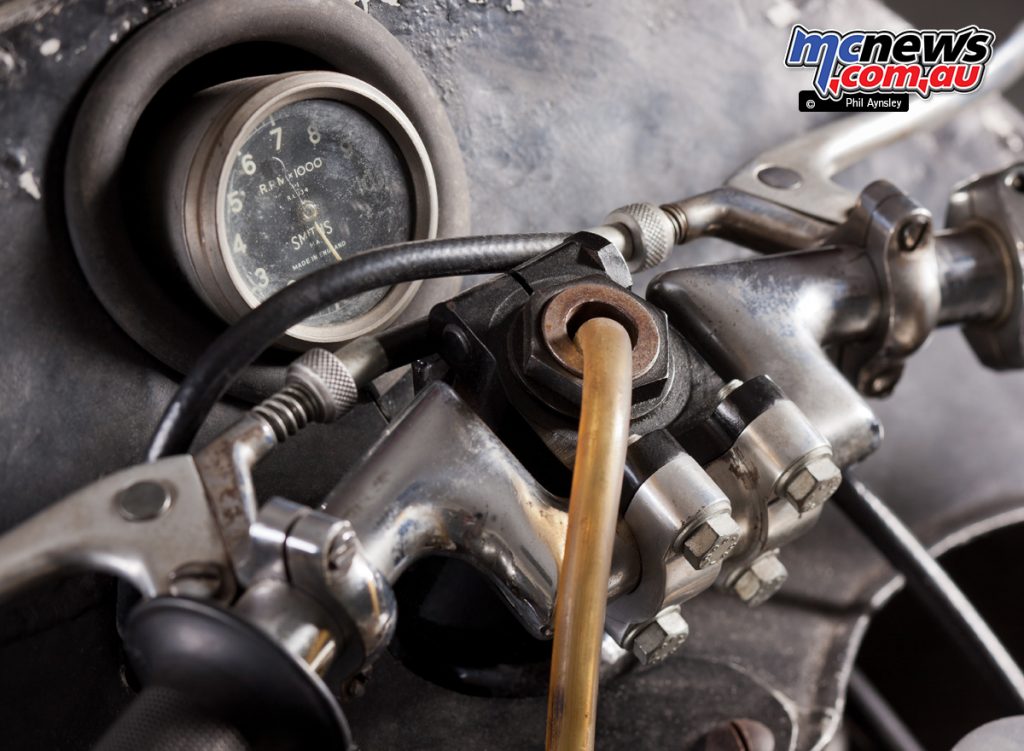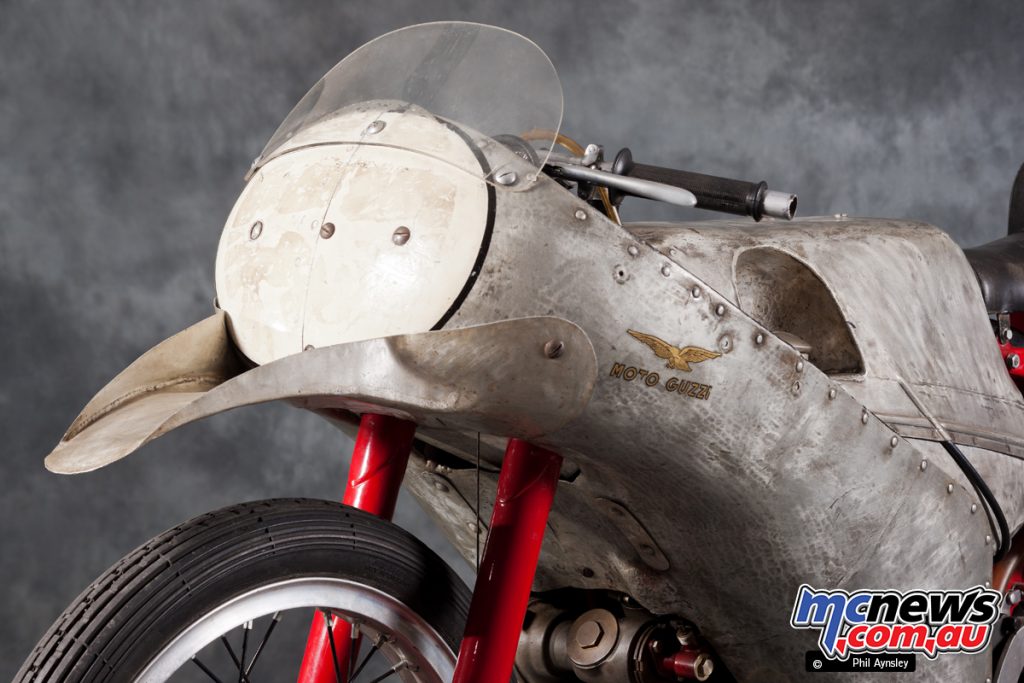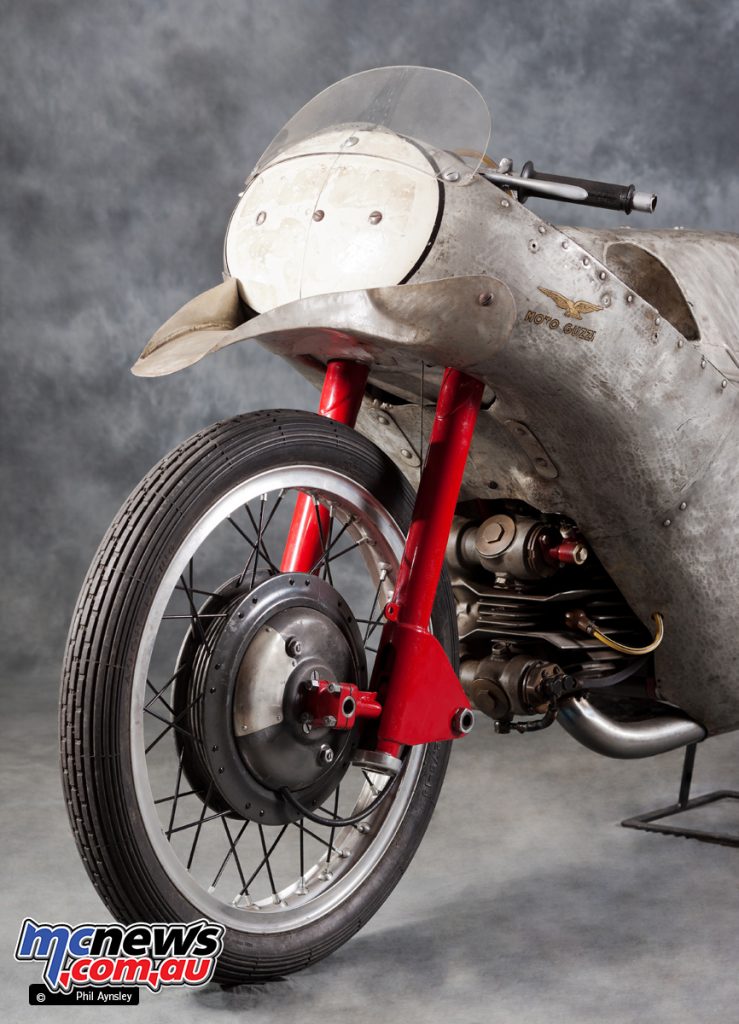1953 Moto Guzzi 250
Bird Beak 250 Guzzi GP Racer
With Phil Aynsley
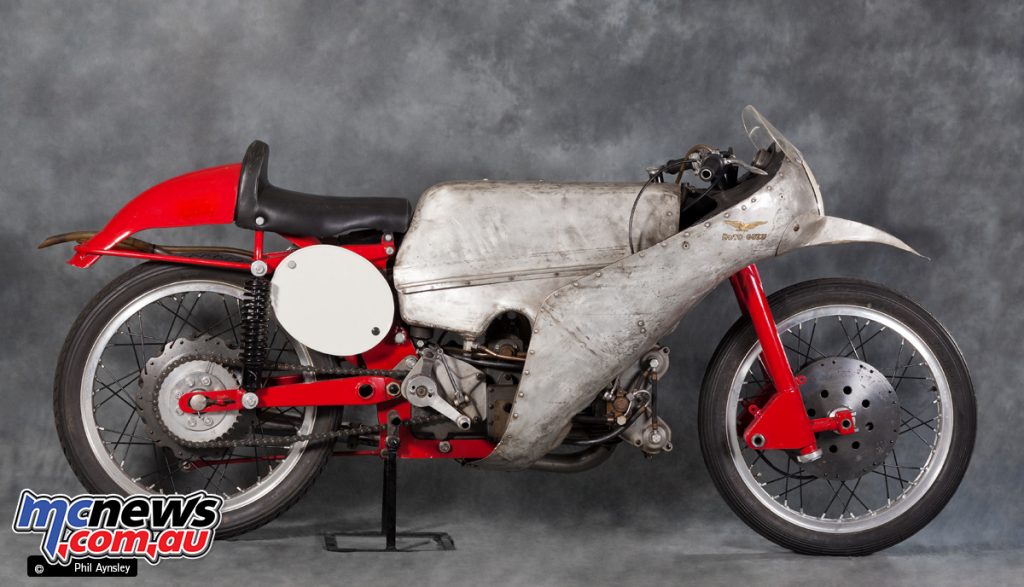
Moto Guzzi won the first post-war 250cc World Championship in 1949 with rider Bruno Ruffo. He followed up again in 1951 (Benelli’s Dario Ambrosini taking the 1950 title) and Enrico Lorenzetti continued Guzzi’s success in 1952 (with fellow team riders Fergus Anderson, Maurice Cann and Bruno Ruffo finishing in second, fourth and sixth respectively).
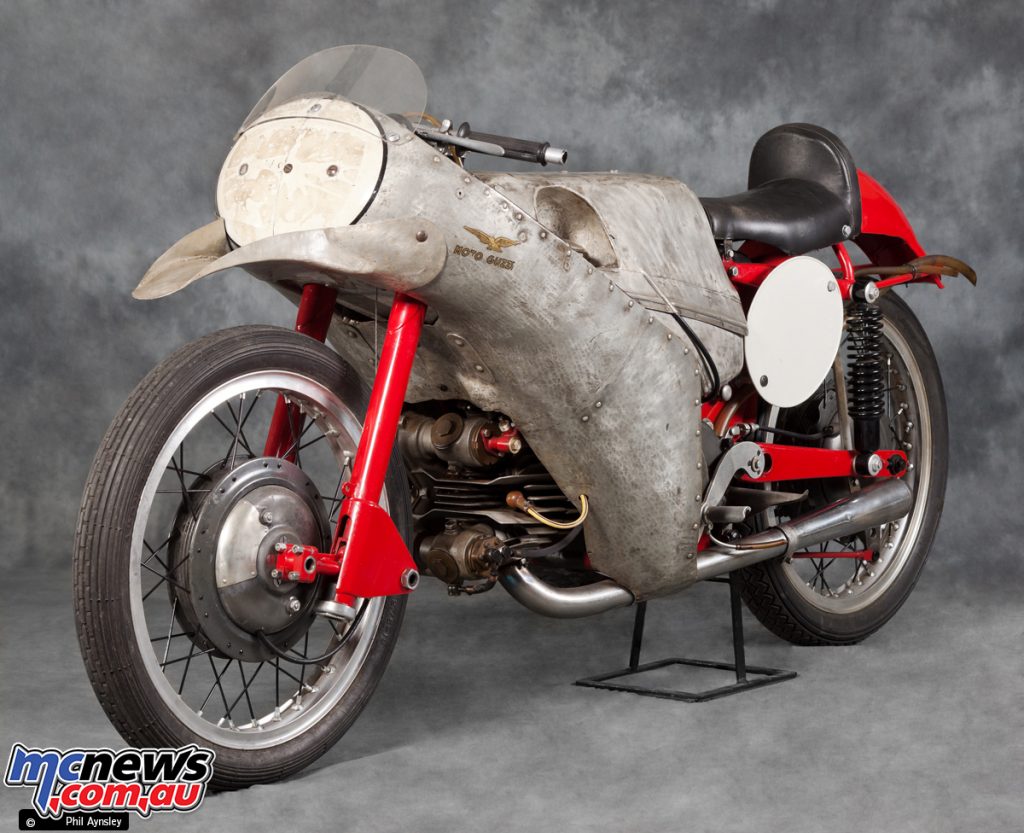
However the NSU was starting to show a lot of promise so Guzzi looked to the company’s newly installed wind tunnel to provide an advantage for the 1953 season. The result was the distinctive “bird beak” racers of that year’s championships.
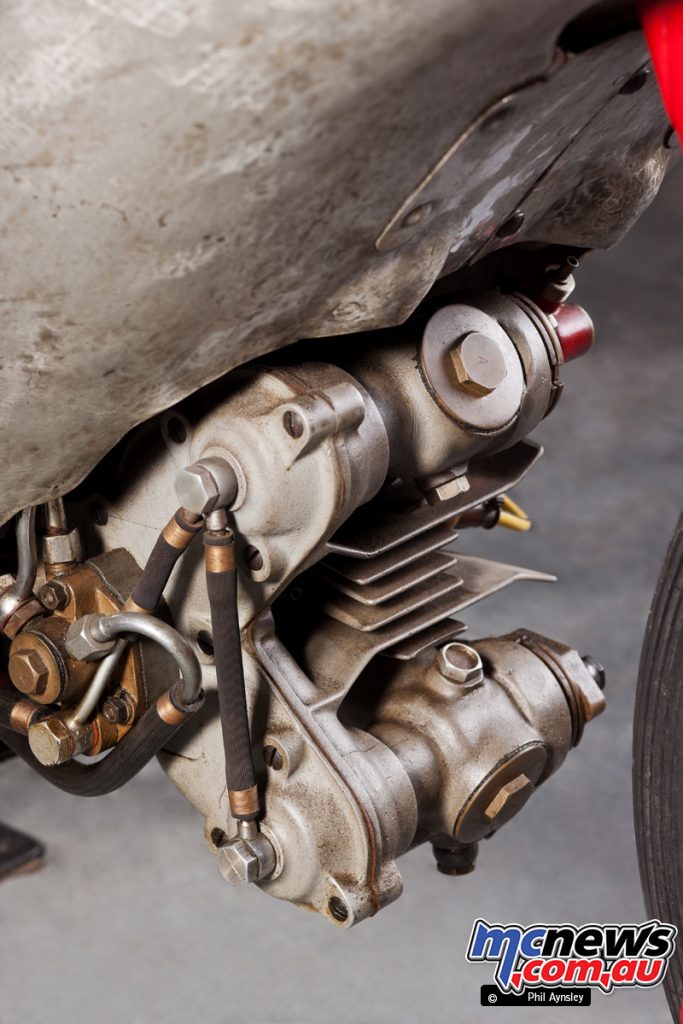
The 250 was raced with both a DOHC head (as seen here) as well as SOHC at some races. A 4-valve head had been experimented with early in the season but the 2-valve design provided the best results. The twin-cam motor made 28 hp at 8000rpm which propelled the 125 kg bike to a top speed of 200 km/h. An enormous 40 mm Dell’Orto carb was fitted.
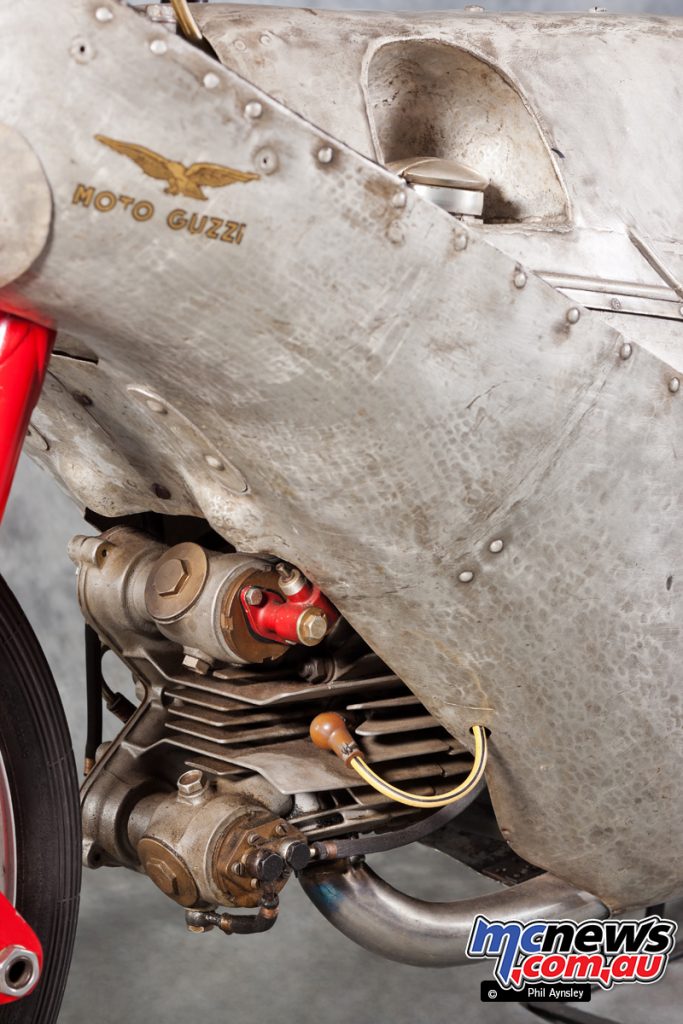
As can be seen from the position of the fuel cap, the fuel was carried as low as possible, requiring a pump to feed the carburettor. The attention to detail and workmanship of the alloy bodywork is evidenced by the shrouding of the clutch cable as it emerges from the “tank”.
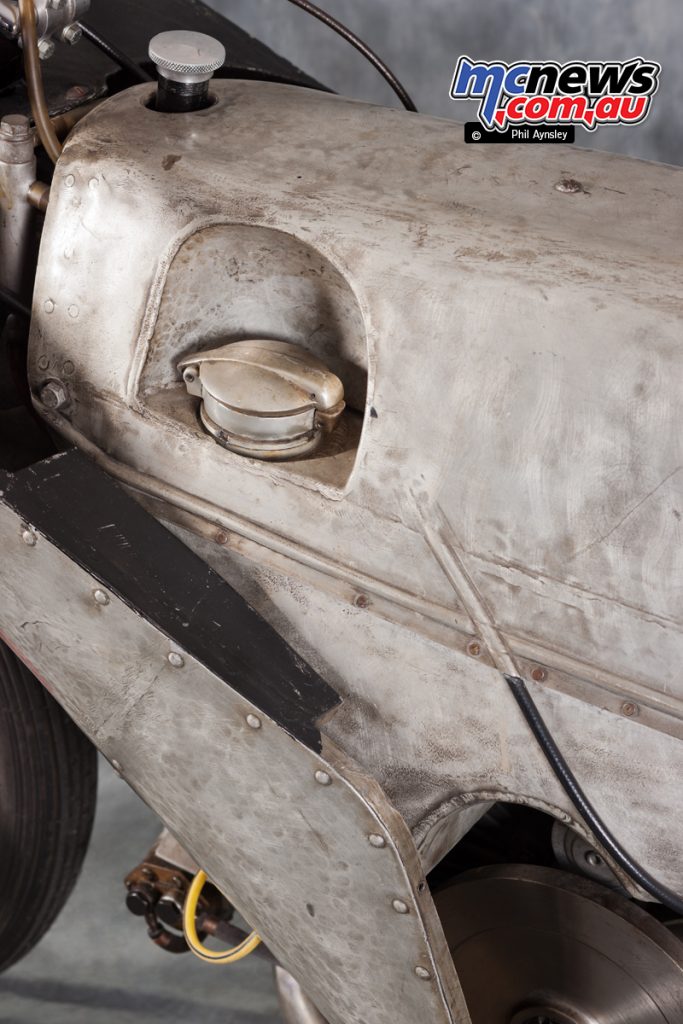
However all of this was not enough to retain the 250cc crown which went to Werner Hass on the NSU (with his team mate Reg Armstrong finishing runner up).
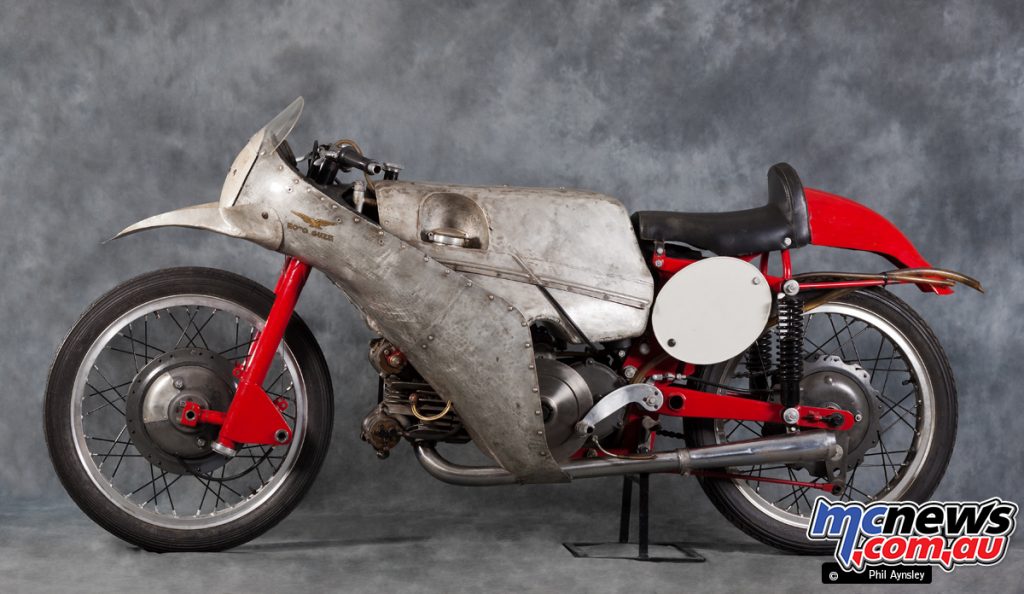
Guzzi riders Lorenzetti, Anderson, Montanari and Aussie Ken Kavanagh (a late season replacement for the injured Ruffo), took third to sixth places. Interestingly the top three finishing riders all scored two wins apiece in the seven round season (Anderson winning the other).
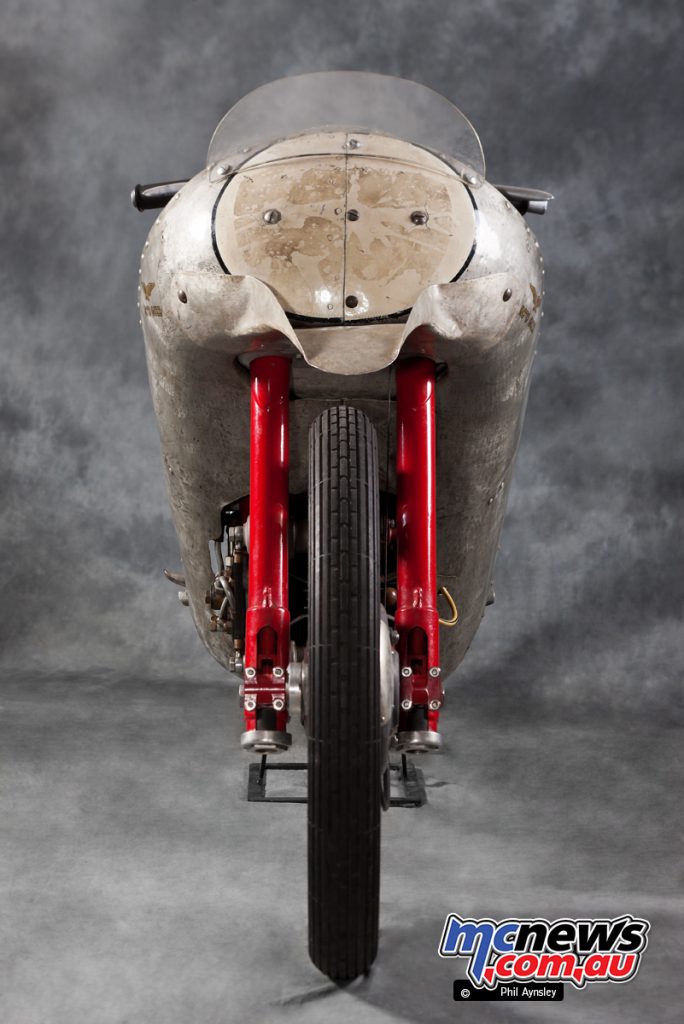
1954 saw full dustbin fairings being employed so ’53 was the only year the “bird beak” was used by the factory team.
